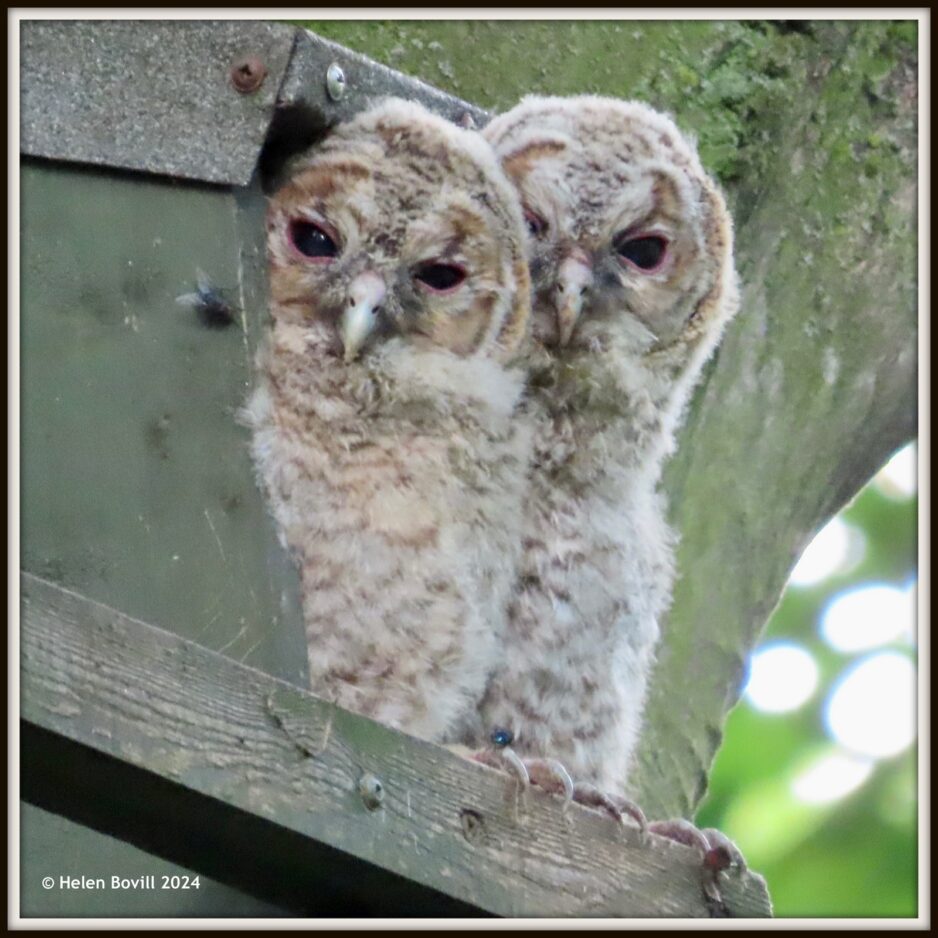There was a real mixed bag of weather for the cemetery wildlife to contend with in May. And whilst I wouldn’t count myself as wildlife, the warm weather in the middle of the month resulted in my having to deal with dozens of biting insects as I worked in the cemetery! Puddles and fallen branches were common sights as the month ended on a very wet and windy note.
Birds
Large Birds
The highlight of the month was the return of Tawny owls to one of the owl boxes at the western end of the cemetery. I saw two different adult birds – I only realised this when I studied my photos and noticed subtle differences between owls I saw at different times. And then a couple of weeks later I saw two large fluffy chicks (also known as owlets) perched outside the box (see photo above).

The last time I saw Owls and owlets was in May 2021, but that year I saw the owlets in the first week of the month. This year I saw them in the last week of the month. I’ve put a link to my 2021 report at the end of this report.
I saw a Great Spotted Woodpecker on a couple of occasions. I saw plenty of Wood Pigeons, and amongst them a pair of Stock Doves.
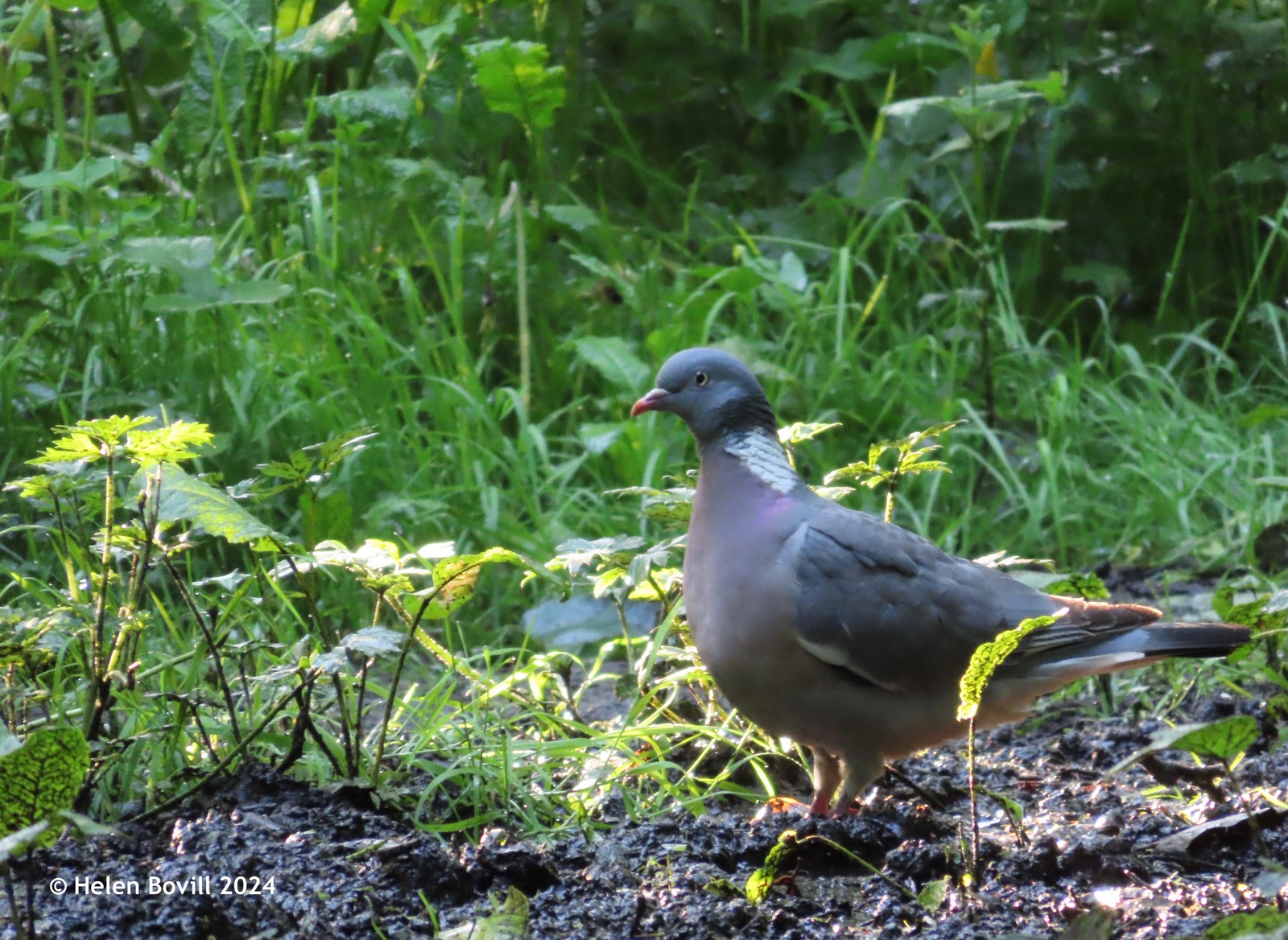
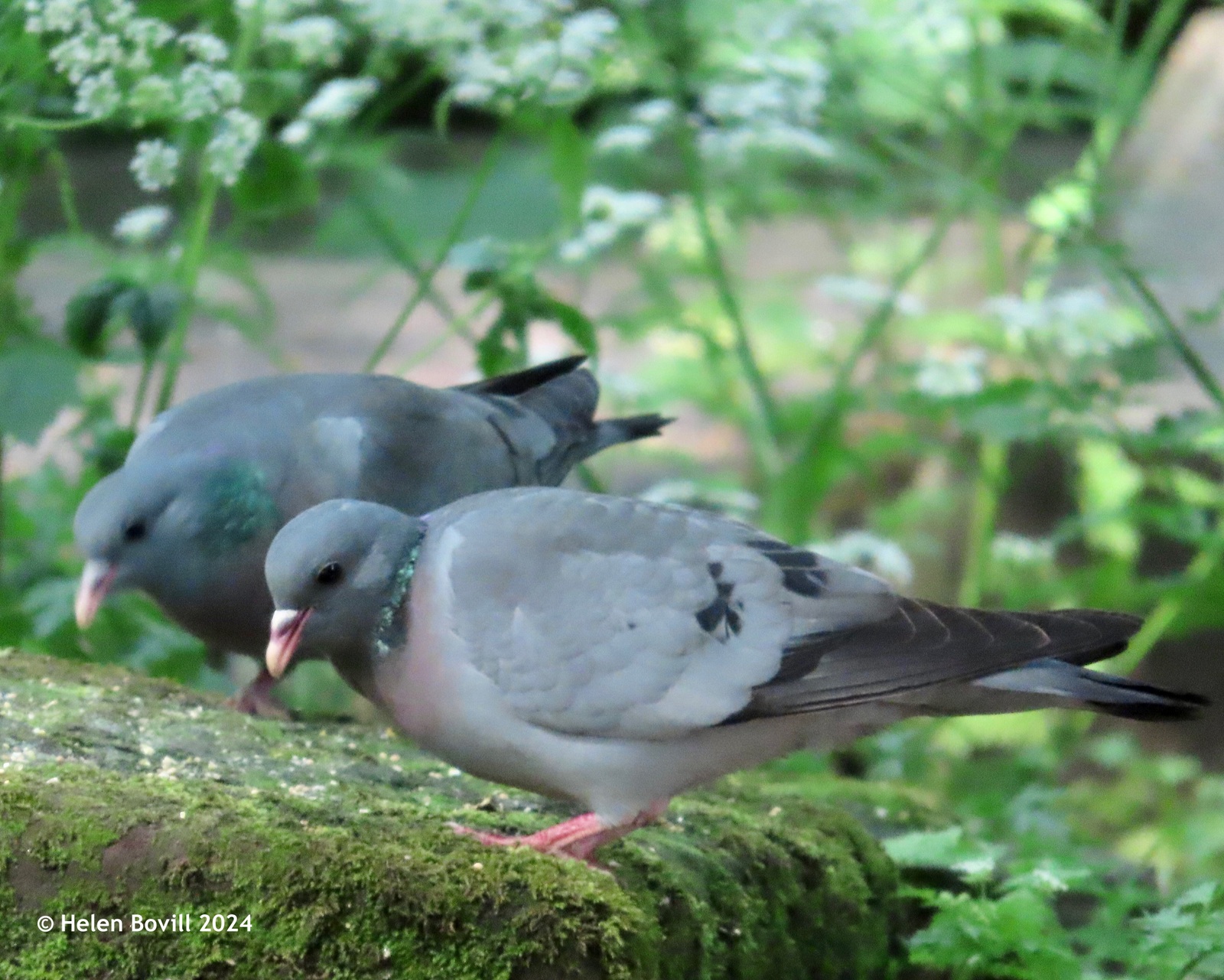
Small birds
I saw a male Bullfinch on several occasions and a female one just a couple of times. However, as all the trees now have fully opened leaves it’s harder to get photos of the smaller birds.

I was also delighted to see a pair of Blackcaps.
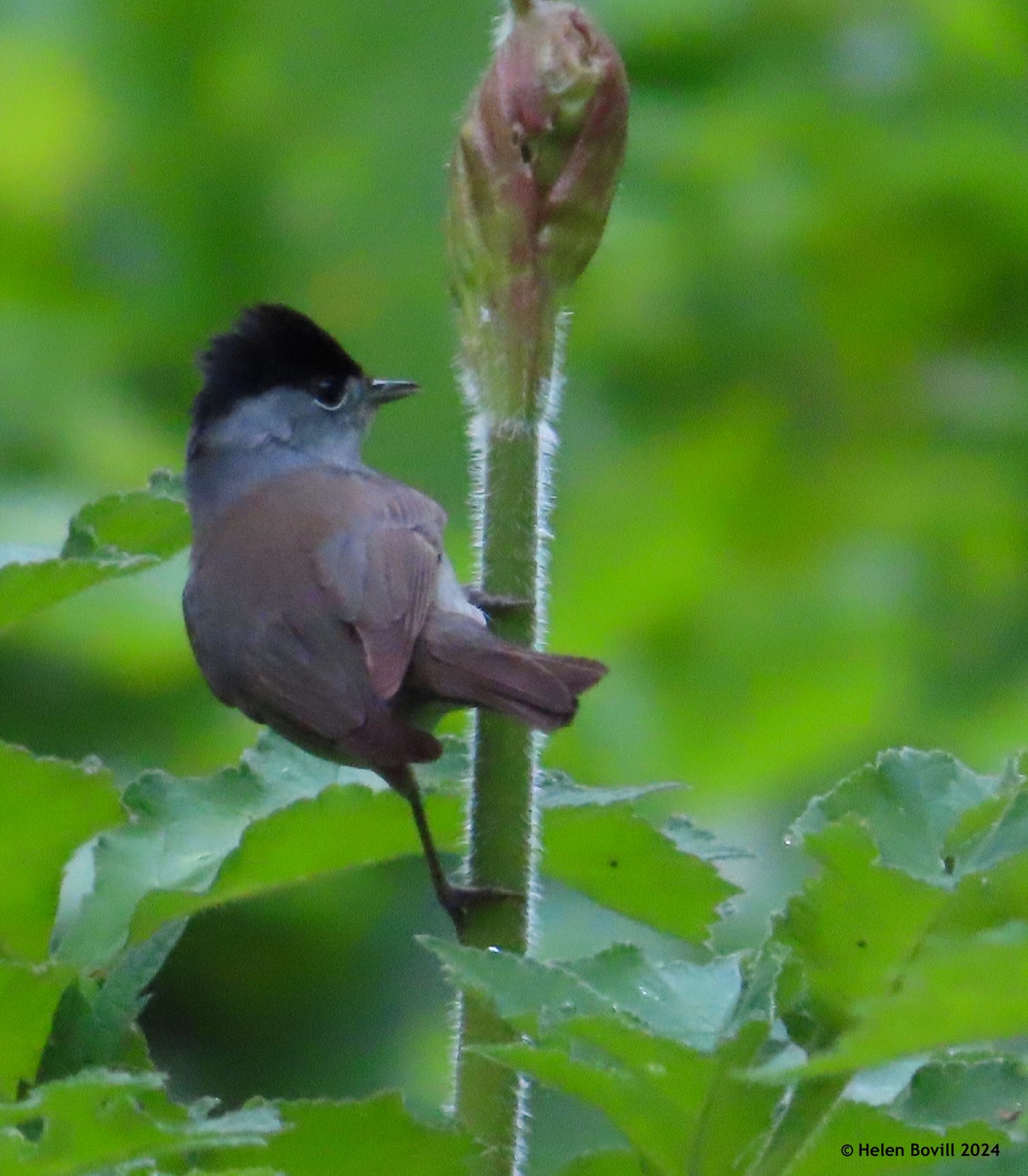
Some of the early nesting birds have now successfully raised some youngsters, and I saw fledgling Robins, Blackbirds and Chaffinches.
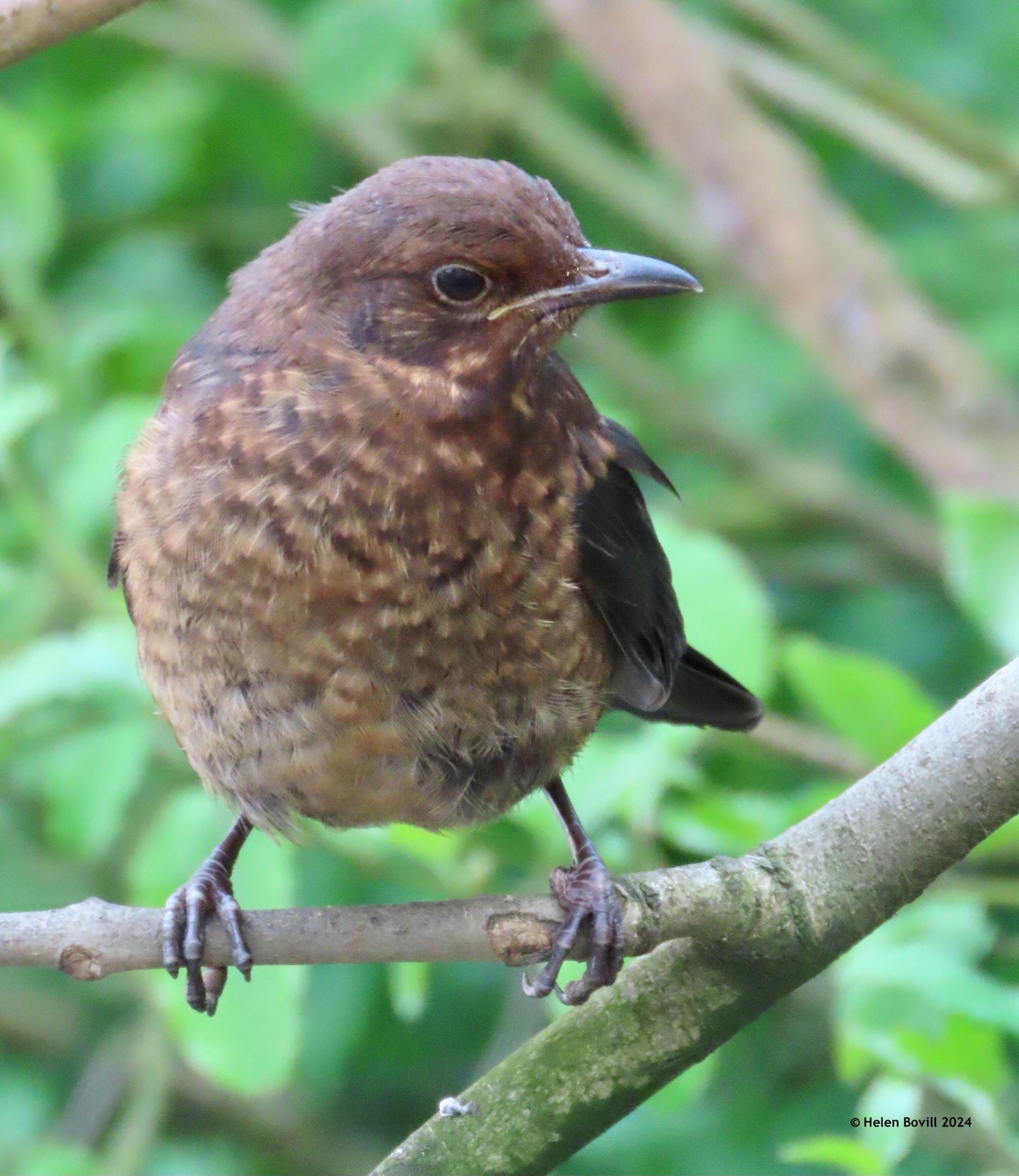
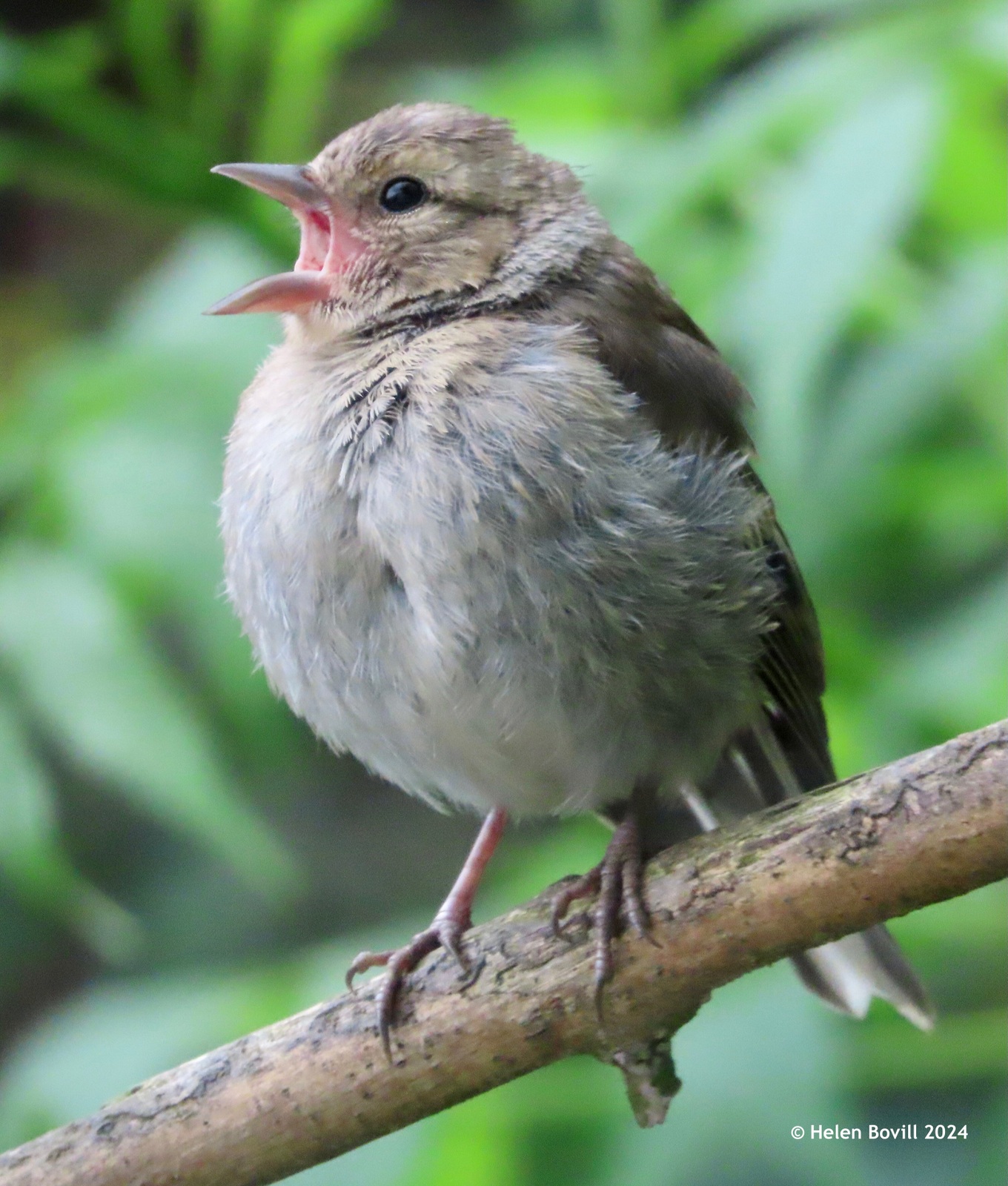
I also saw a very active pair of Coal Tits several times during my walks around the Cemetery, plus plenty of Great Tits and Blue Tits. I think it’s safe to say that the avian branch of the cemetery wildlife is having a good year so far.
Insects
Butterflies
I saw my first Red Admiral of the year, in the Quaker Burial Ground. It’s the only one I’ve seen so far this year.
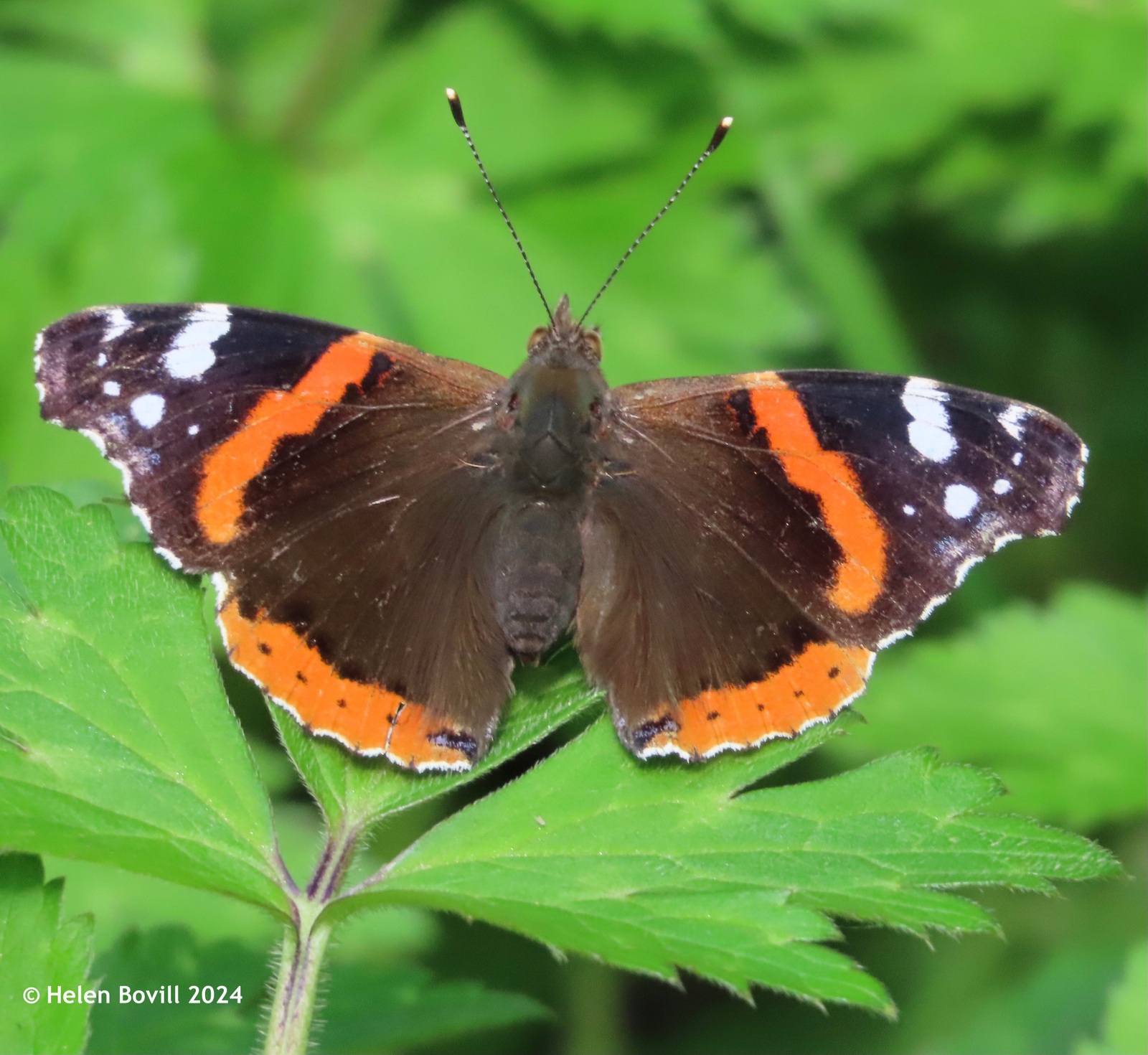
This brought the cemetery total to 11 different species of butterfly, which is what I expected based on previous years. However, this month has not been a very good one for them, and I only saw butterflies in ones and twos. The other species I saw this month were Brimstone, Orange Tip, Green-veined White, Small White, Large White, Speckled Wood and Holly Blue.
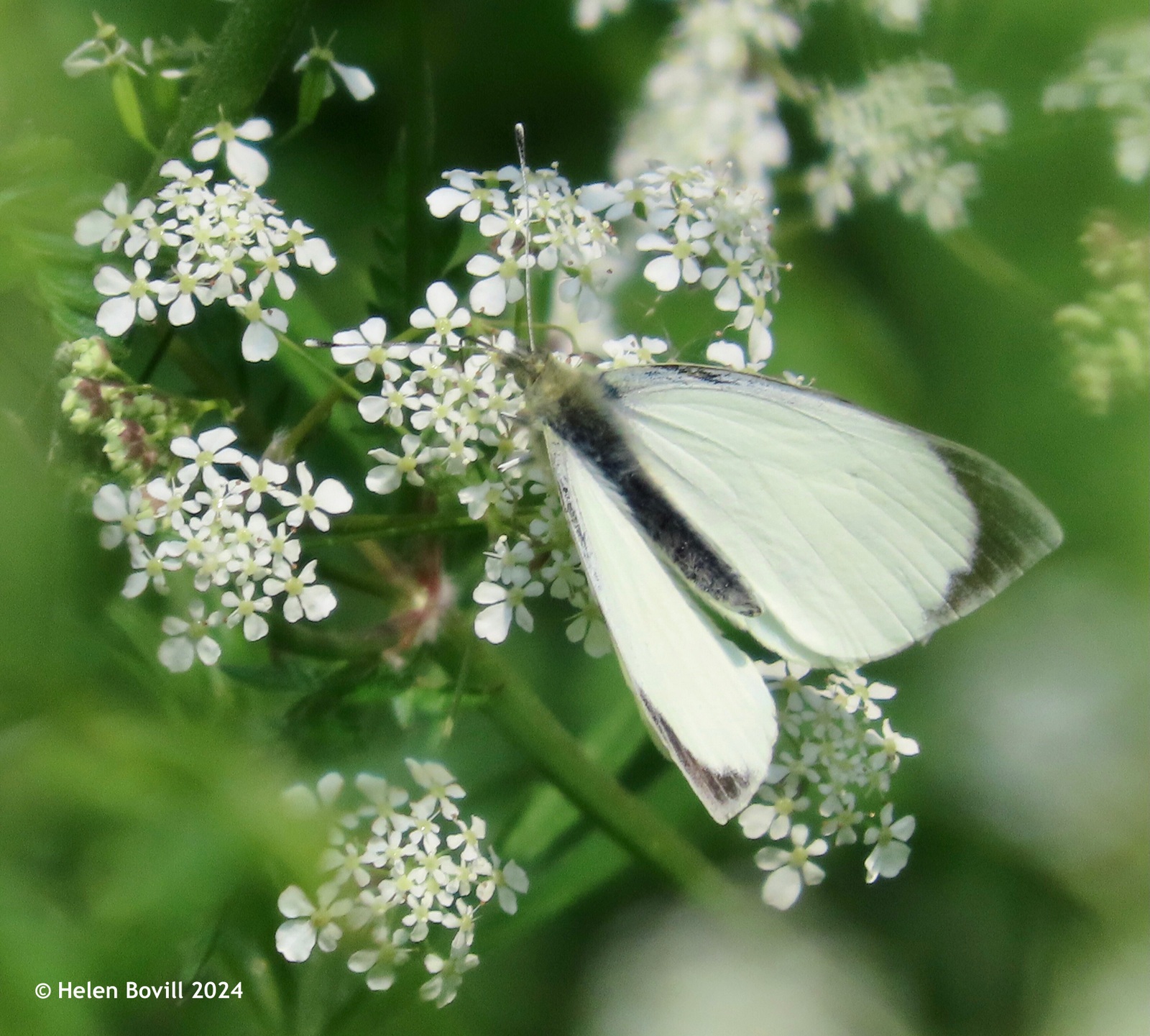
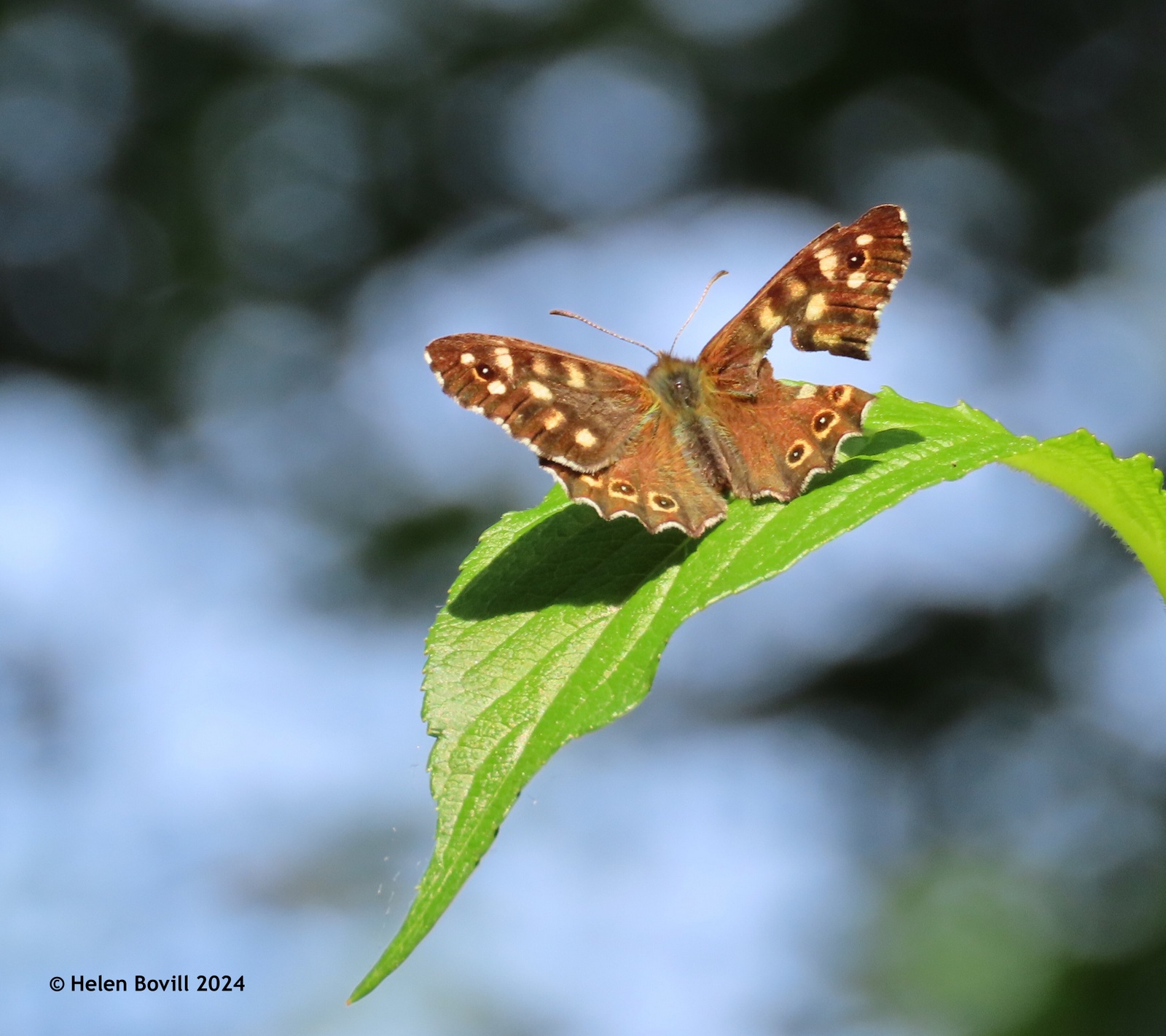
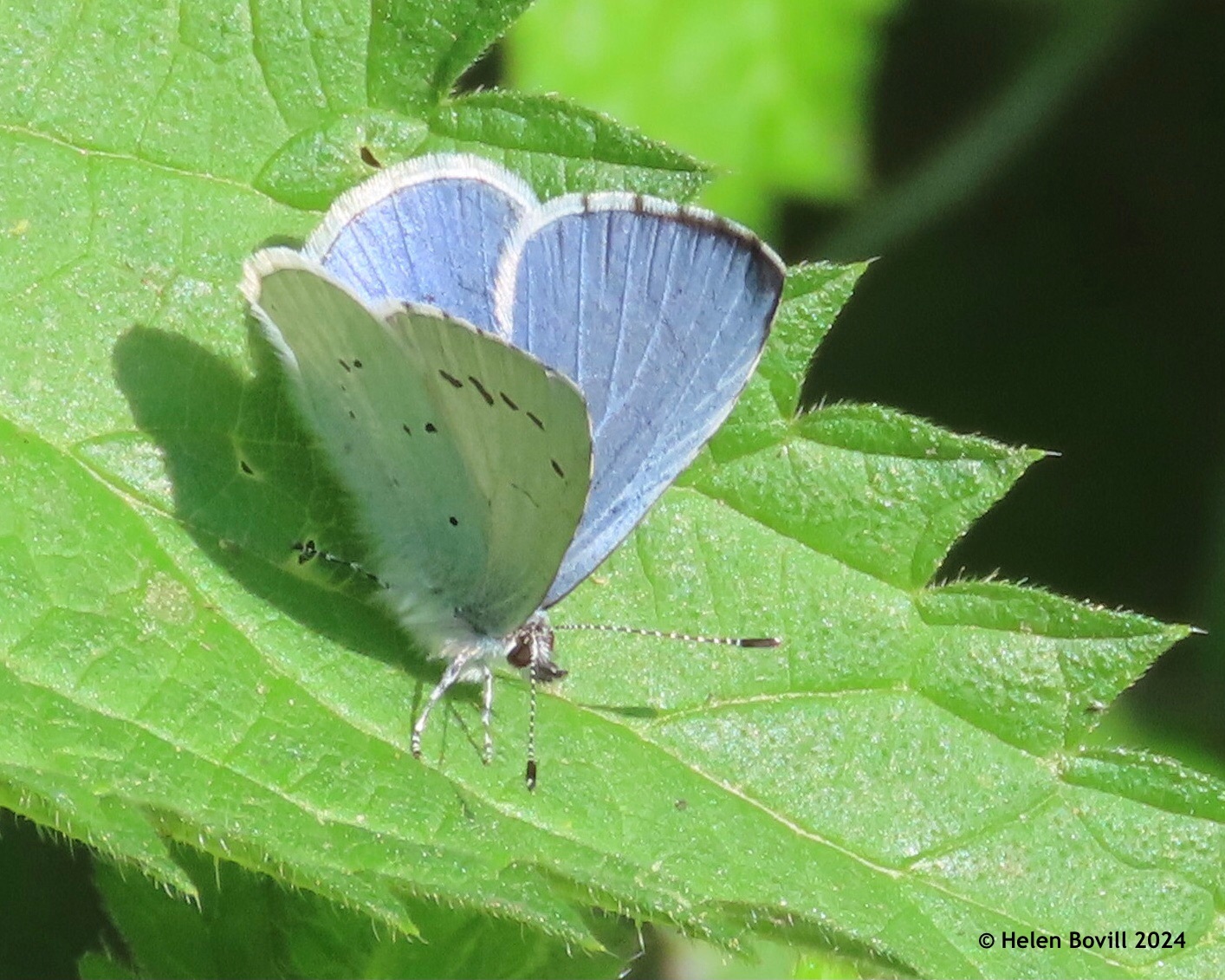
Other Insects
I saw lots of ladybirds of various species, and plenty of bees, flies and hoverflies. I saw this Narcissus Bulb fly on the grass verge alongside the cemetery – the first one I’d seen.
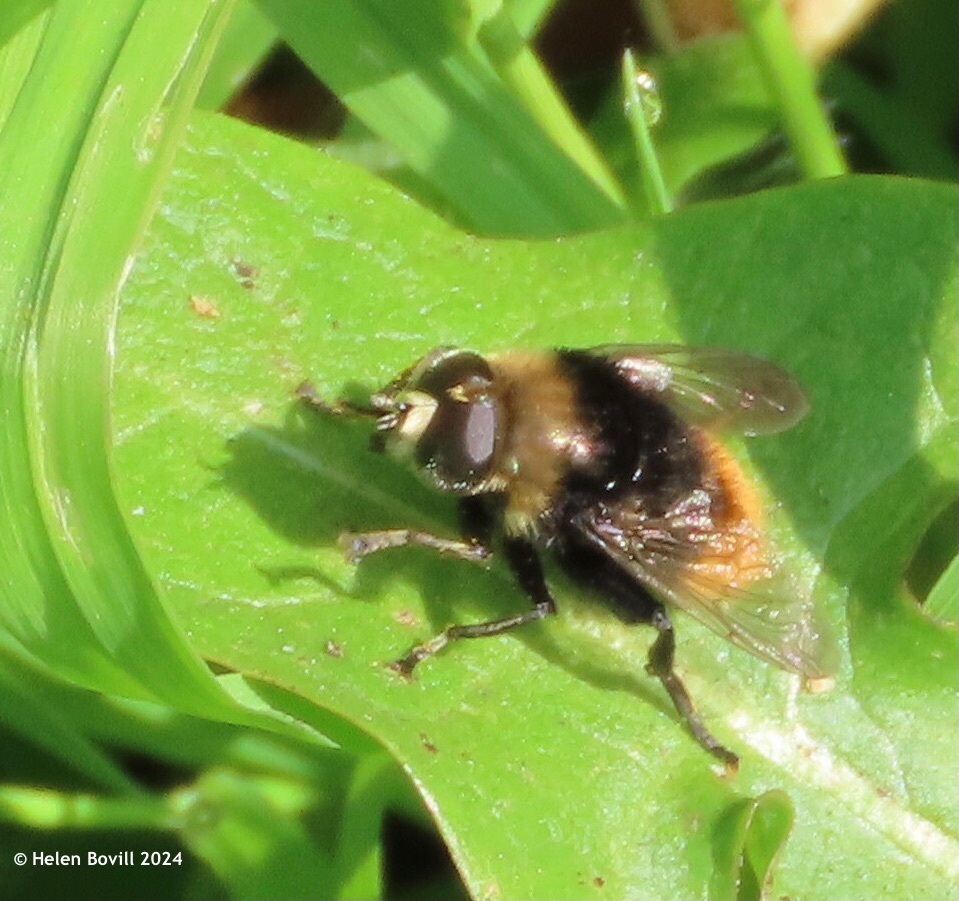
The insect branch of the cemetery wildlife is always surprising me. When I was taking part in the City Nature Challenge for iNaturalist last month, I looked at what other people had found in Hull. I came across the very interestingly-named Batman hoverfly on the list. Then a few days ago I saw one for myself, feeding on Hogweed on the grass verge. Unfortunately, the Batman logo-shaped mark at the top of the thorax that gives the hoverfly its common name isn’t very clear. I’ve added a link at the end of this report to a site that gives more information about hoverflies.

But an insect I often see is the Thick-legged flower beetle and these colourful little insects are a favourite of mine. And unmistakable once you’ve seen one!

Flowers
I was very happy to see a few flowers on the old Horse Chestnut tree. This is probably one of the original trees planted when the cemetery was being laid out prior to its opening in 1847. As far as tree flowers go, I think this is one of the prettiest to be found on our native trees.
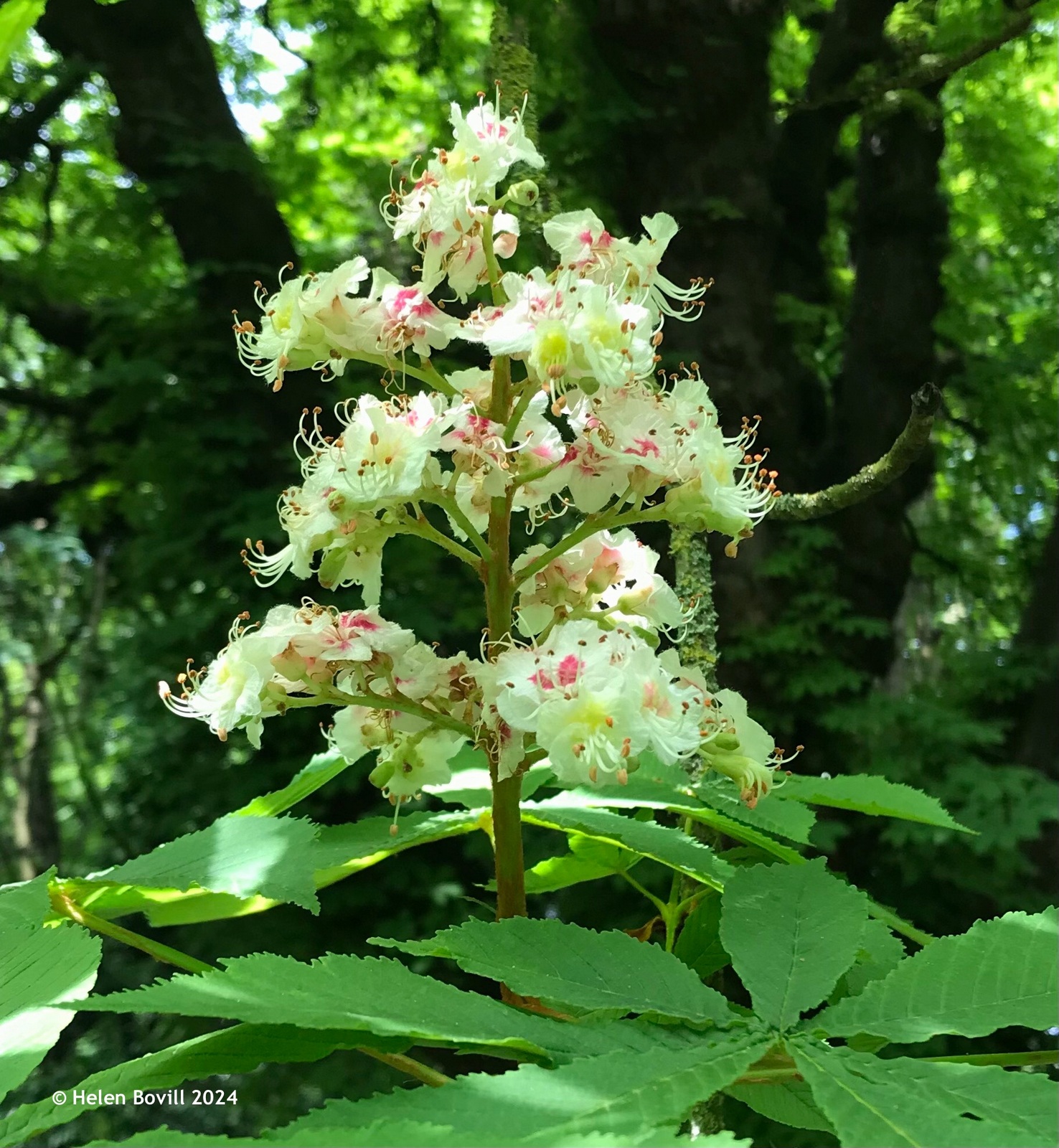
I saw carpets of Wild Garlic, also known as Ramsons, throughout the cemetery although they reached their peak early in the month. The rain and wind has flattened most of them now.
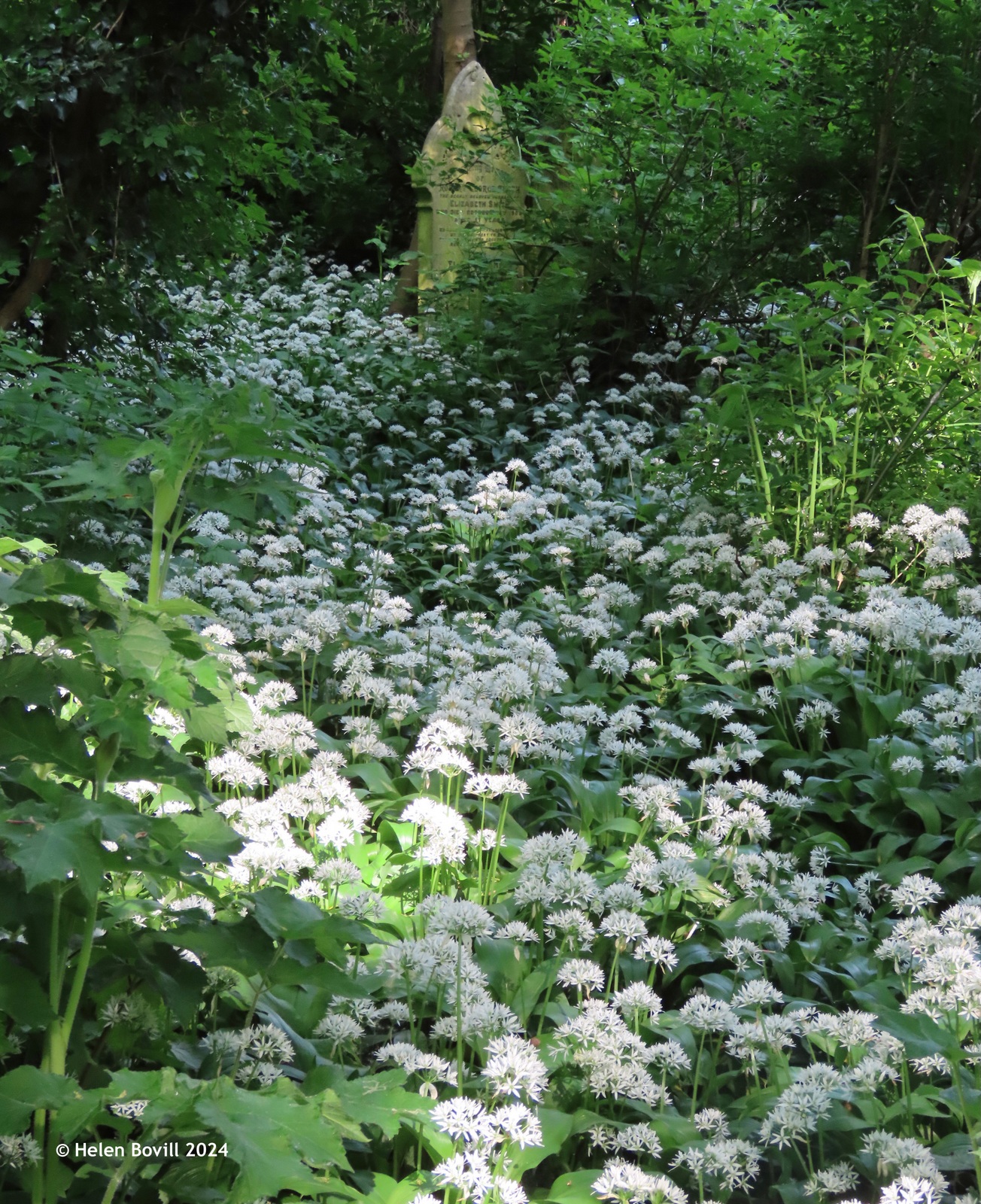
There are plenty of Oxeye daisies growing on the grass verge alongside the cemetery. They seem very attractive to the smallest branch of the cemetery wildlife, including this tiny fly. I haven’t been able to precisely identify it, other than it being a Phania of some sort.
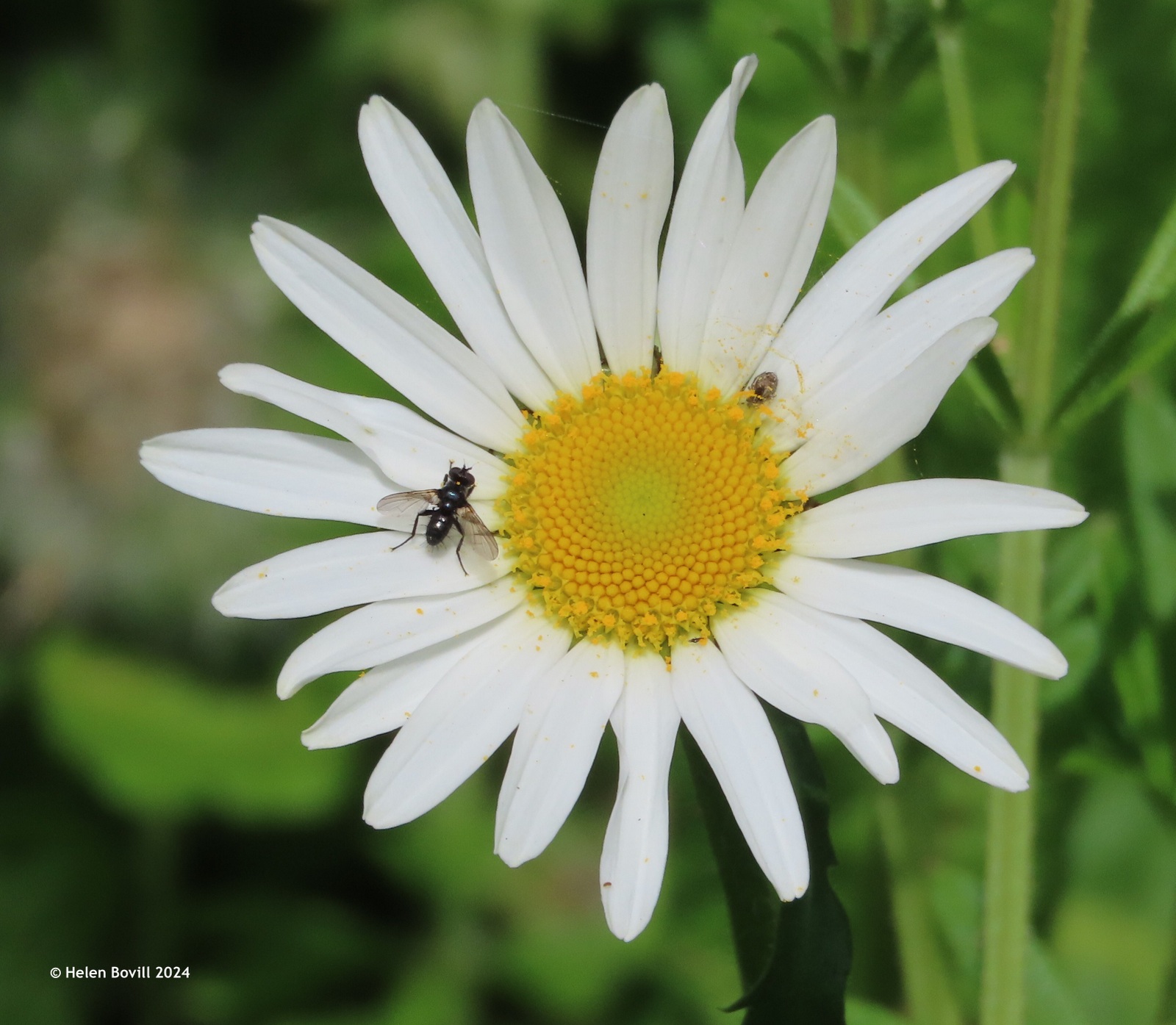
Other white flowers I saw this month were Common Chickweed, clover and Campion. I also saw several Red Campion plants growing along the grass verge, and some Knapweed. There are also some Dog-roses growing in the cemetery itself.
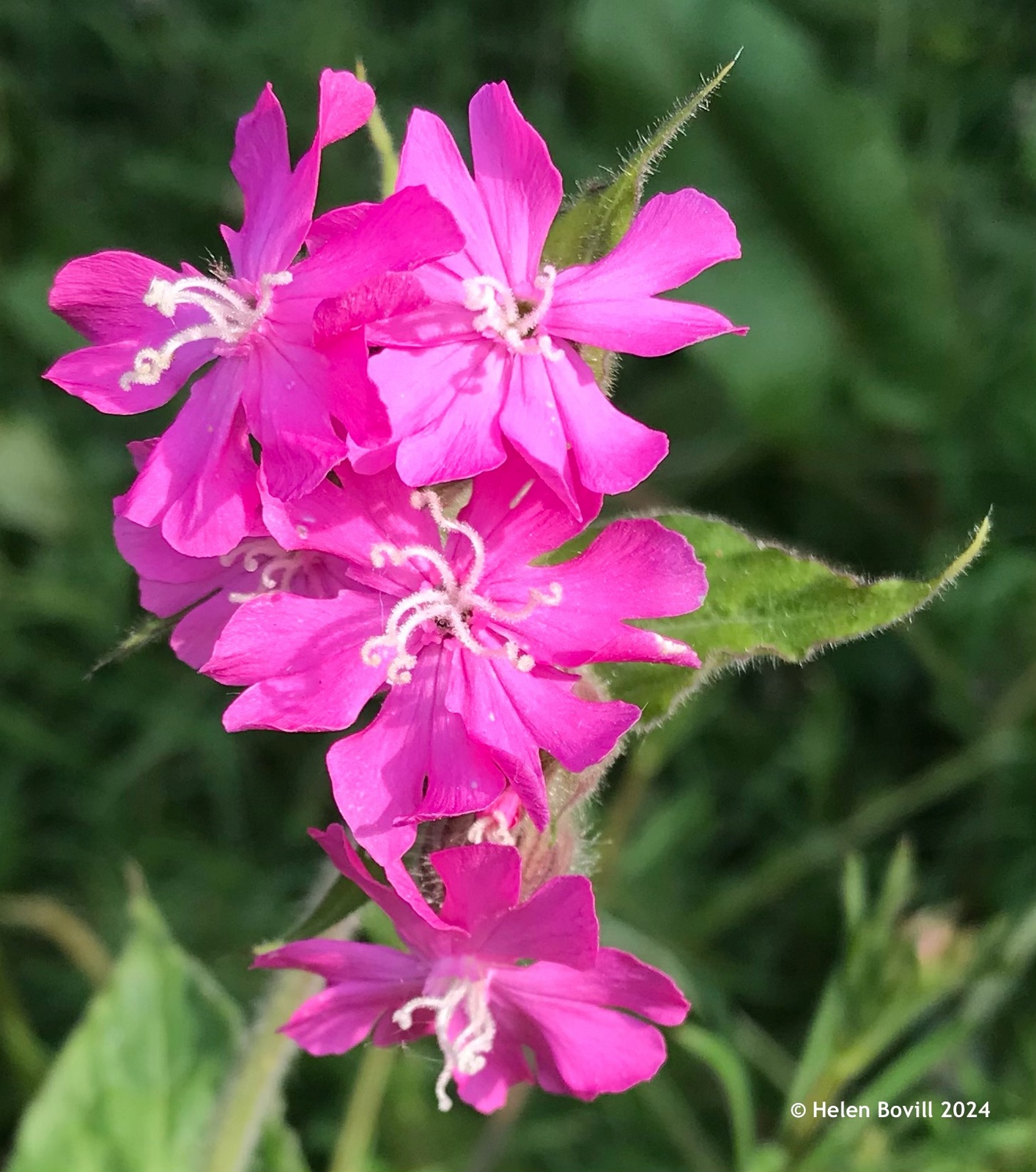
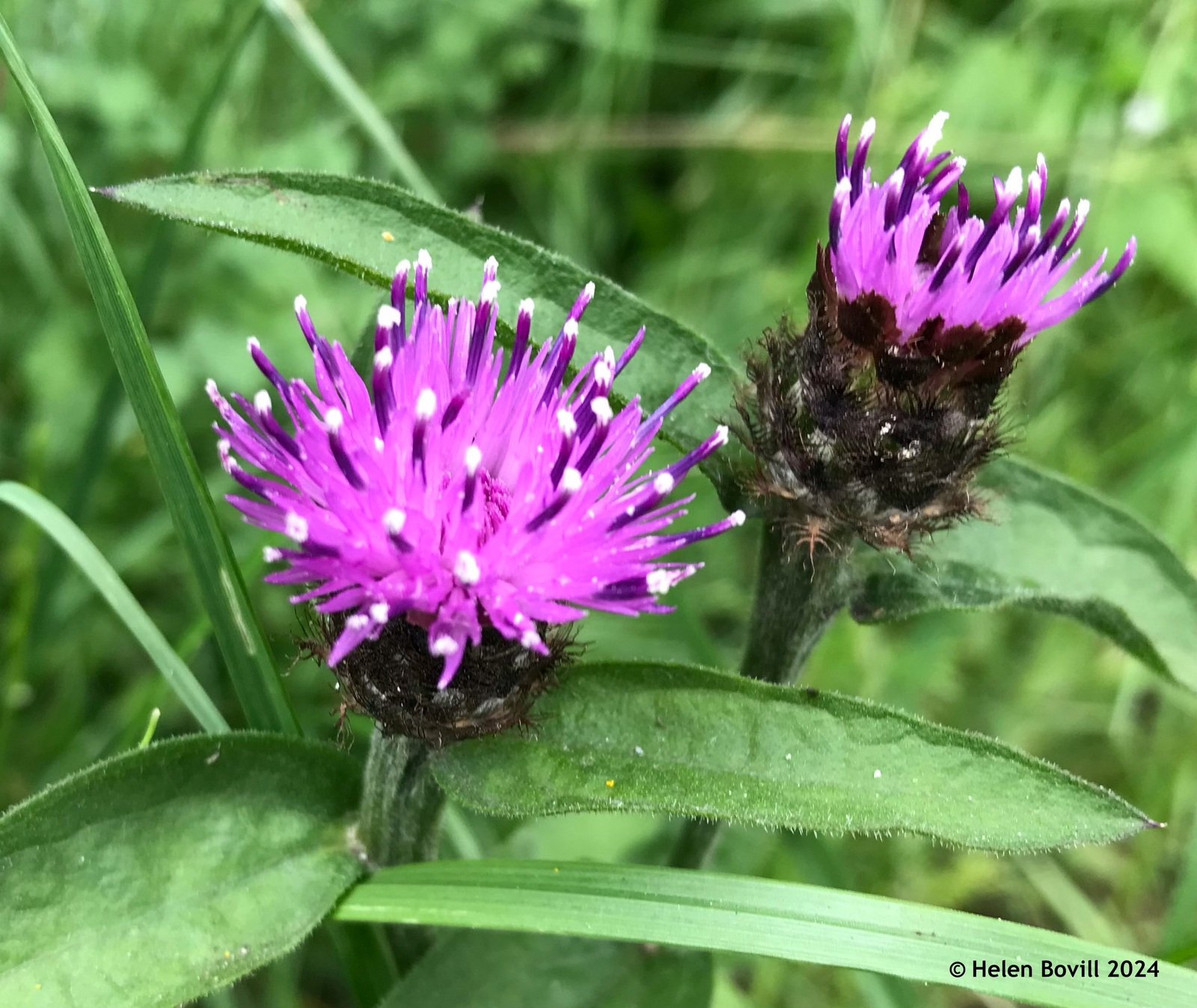
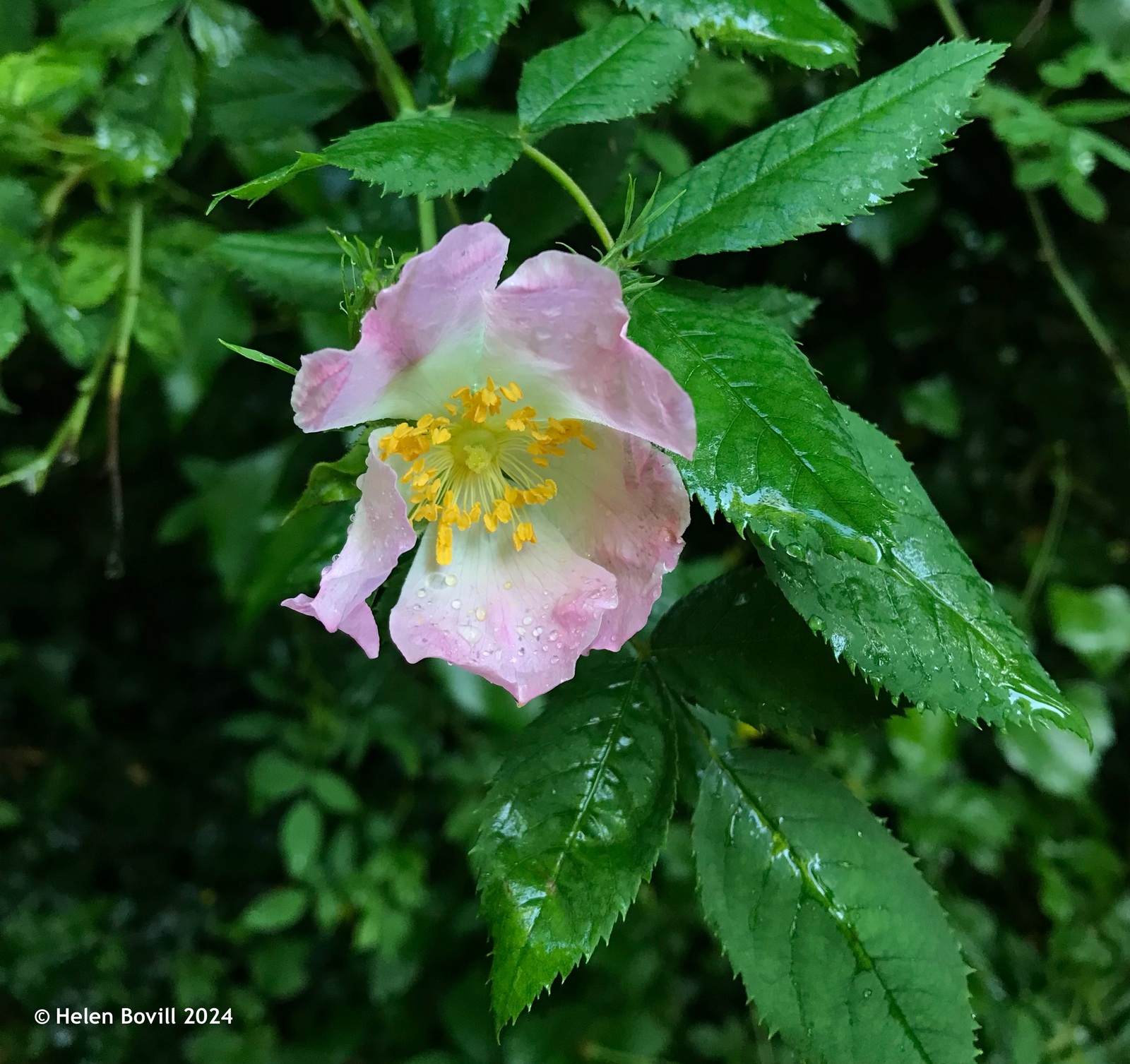
The thistles all over the grass verge have grown rather tall during the month, and a few are now in flower. But not all of them are pink. I noticed one with yellow flowers, and this is a Prickly Sowthistle. I also saw some Smooth Sowthistle growing in the same area.

Conclusion
The cemetery wildlife continues to thrive. New life is all around, including this squirrel. It seems to be a youngster as I’d never seen it before this month. Its extra red hairs, especially on its tail, makes it stand out from the rest of the cemetery’s squirrel population. The photo doesn’t quite do it justice, however, as that red colouration is much more noticeable in real life!
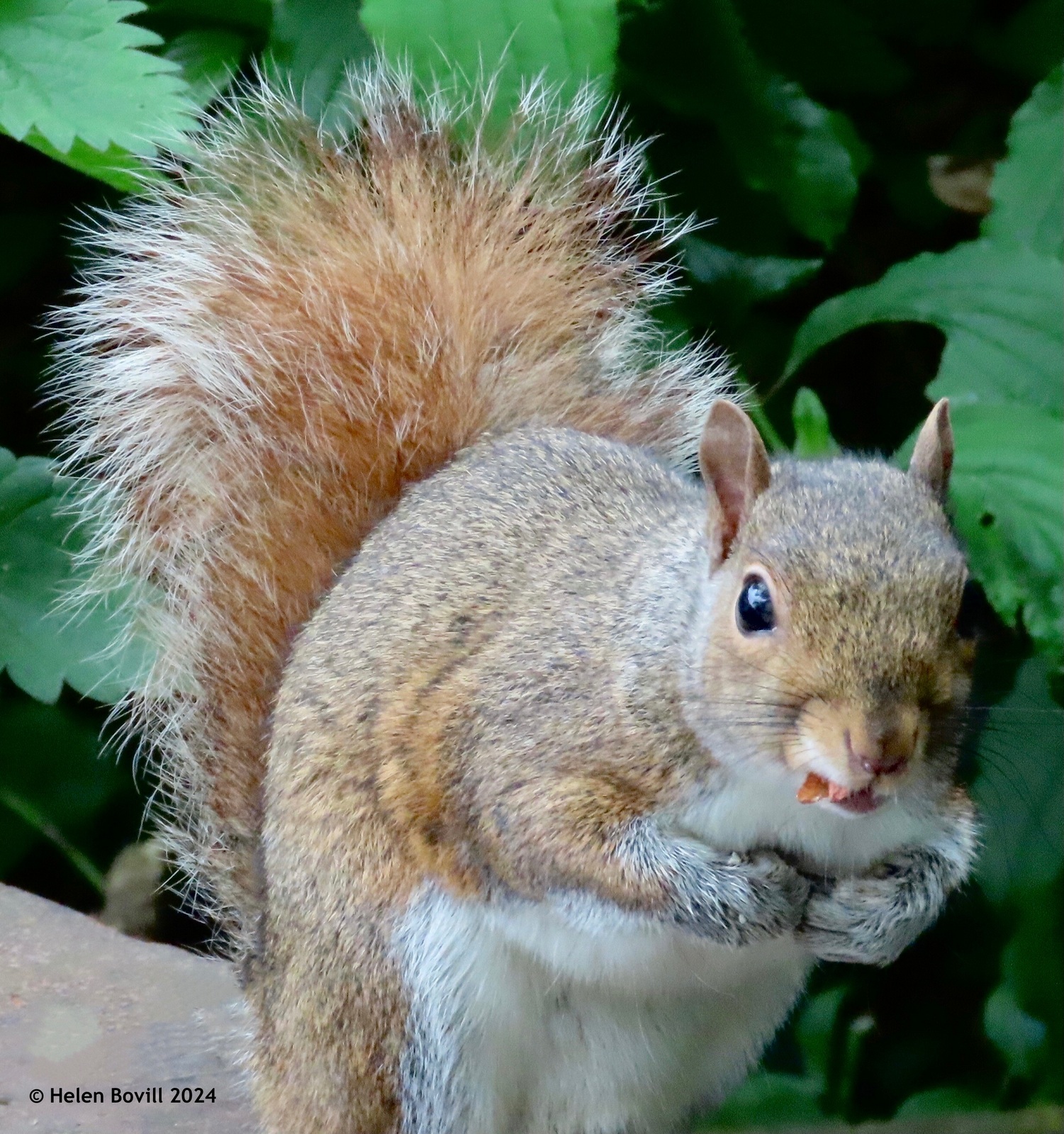
Wonderful Wildlife – Friends Of Hull General Cemetery
ID Guide Hoverflies – British Naturalists’ Association (bna-naturalists.org)


